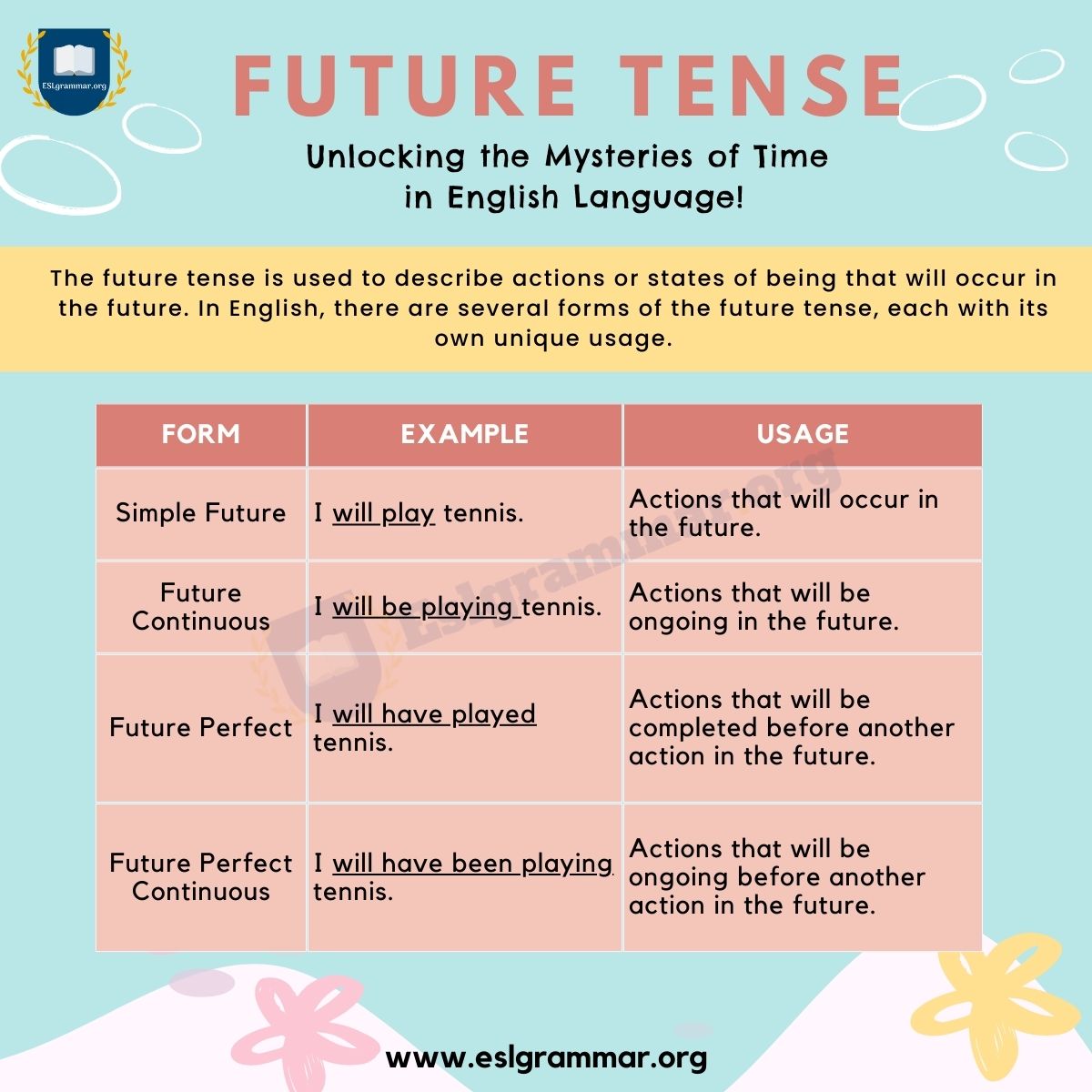Unlocking What's Next - The Future Of Operations
In our fast-paced world, thinking about what comes next is a big part of how we make things work. Whether it's planning your day or building complex systems, there's always an element of waiting for something to happen or a result to appear. This idea of looking ahead, of anticipating an outcome that isn't quite ready yet, is really quite fundamental to how we approach many tasks, especially when they involve different parts working together. So, in some respects, our ability to manage things that aren't immediately available becomes a key skill for smooth operations.
Consider for a moment how a busy kitchen might operate; a chef places an order for ingredients, but they won't arrive instantly. There's a period where the order is placed, it's being processed, and then it's on its way. The chef knows the ingredients are coming, and they have a way to check if they've arrived, perhaps by looking out for the delivery truck. This simple process, really, mirrors how many advanced computing systems handle tasks that take a little bit of time or happen in the background, keeping everything running without unnecessary delays.
This concept, which helps systems deal with things that aren't ready right away, is often called a "future" in the world of computing. It's a placeholder, a promise, if you will, for a value or an outcome that will eventually be available. It allows different parts of a program or system to keep working without getting stuck, waiting for one particular piece of information to show up. It's about setting things in motion and then having a clever way to collect the results when they're finally complete, which is pretty neat, actually.
Table of Contents
- What Does 'Future' Really Mean for Our Systems?
- How a Shared State Shapes Our Future
- Waiting for What's Coming - Understanding Future Readiness
- When Does Our Future Get Computed?
- Why Do We Get 'Future' Warnings?
- Looking Ahead to Future Releases
- Is Our Future Always Unique?
- Sharing the Future's Outcomes
- Preparing for Tomorrow - Addressing Future Incompatibilities
What Does 'Future' Really Mean for Our Systems?
When we talk about a "future" in the context of how computer programs work, we're essentially referring to a clever way to handle tasks that don't finish right away. Imagine you've asked a helper to fetch something for you, but it's going to take them a little while. Instead of standing there doing nothing until they get back, you get a special note that says, "I'm working on it, and I'll put the item here when it's ready." This note is like a "future." It gives you a way to check on the progress and, eventually, collect the item. It's a mechanism that lets you access the outcome of operations that happen separately from your main flow of work, which is pretty useful.
How a Shared State Shapes Our Future
At the very core of this "future" idea is something called a "shared state." Think of this shared state as a specific spot, a common area, where the result of that separate task will be placed once it's complete. It's a bit like a designated inbox where the helper will drop off the item you asked for. This shared state is what connects the task that's happening in the background to your "future" note. When the task is done, its outcome, whatever it might be, is stored in this shared place. The "future" then gives you the means to reach into this shared spot and pull out that outcome when you need it, making sure everyone is on the same page about what's coming, naturally.
Waiting for What's Coming - Understanding Future Readiness
Once you have your "future" note, there comes a point where you actually need the item it promises. To get it, there's a specific action you take, often called "get." When you use "get," your program will pause, if necessary, until the item is truly ready and placed in that shared spot. It's like standing by the inbox until you see the item there, and then you pick it up. This pausing is a way of ensuring you don't try to use something that isn't finished yet. It's a patient approach, really, to collecting what you need from a task that's been running on its own.
When Does Our Future Get Computed?
Interestingly, the work itself doesn't always start right away, even if you've set up a "future" for it. Sometimes, the actual calculation or task only begins when you specifically ask for its outcome. This is a concept often referred to as "lazy evaluation." It's like having a helper who only starts baking the cake when you ask for a slice, not when you first tell them you might want cake later. If the "future" you have is tied to one of these "lazy" tasks, asking for the result will make the work happen right then and there. Otherwise, it might have been working in the background all along, but sometimes, it just waits for that explicit request to get going, you know?
Why Do We Get 'Future' Warnings?
Sometimes, when you're working with programs, especially those that use libraries or tools that are constantly being updated, you might see messages pop up that say "future warning." These aren't errors that stop your program from running right now. Instead, they're more like a friendly heads-up from the system. They're telling you, "Hey, the way you're doing this particular thing might not work the same way in a version of this software that's coming out later." It's a way for the people who make the software to let you know about upcoming changes so you can prepare, which is actually quite helpful.
Looking Ahead to Future Releases
These "future warnings" are all about making sure that programs can keep working smoothly as software gets updated. The developers behind these tools want to improve things, but sometimes those improvements mean that older ways of doing things might become obsolete or behave differently. So, a warning about a "future release" is a signal that you should probably adjust your code or approach before the next big update arrives. It’s a way of gently pushing users to adopt newer, often better, methods, ensuring that your work remains compatible with the most current versions of the tools you rely on. It's about staying current, in a way, with how things are progressing.
Is Our Future Always Unique?
When you first get a "future" note for a task, it's typically a one-of-a-kind item. Only that specific note can be used to collect the result. It's like getting the only key to a locker where your item will be placed. You can't just make copies of that key and give them to everyone. This means that usually, only one part of your program can be responsible for picking up the outcome of a particular task. It's a design choice that helps keep things clear about who's in charge of handling the final result, which is pretty straightforward, you know?
Sharing the Future's Outcomes
However, there are times when more than one part of your program might need to know when a specific task is done, or they might all need access to the same outcome. For these situations, there's a different kind of "future" note that can be copied. Think of it as having multiple copies of that locker key, allowing several different people to check if the item is there and even retrieve it. This "shared future" allows many parts of a system to watch for the same result, or to pick up the same outcome once it's ready. It's a way to spread information about a completed task to many interested parties, rather than just one, which can be very useful for coordination.
Preparing for Tomorrow - Addressing Future Incompatibilities
The idea of "future warnings" also ties into the broader challenge of "backwards compatibility." This is about whether new versions of software can still work with old ways of doing things. Sometimes, changes are made that mean an old command or method will simply stop working in a newer version. For instance, a warning about something like `inplace=true` no longer returning a value in an upcoming software version is a clear sign that you'll need to adjust how you use that particular command. It's a reminder that what works today might need a slight tweak tomorrow to keep everything running smoothly. So, in a way, these warnings are a call to action for developers to keep their systems up-to-date with current practices.
A good example of this is when a program might construct a "future" using something called "move semantics." This means it's taking ownership of the shared state from another "future," rather than making a copy. If the original "future" is then checked, it might no longer be connected to any result because its shared state has been transferred. This kind of change in behavior, where something that used to work a certain way no longer does, is exactly what "future warnings" aim to highlight. It's about understanding how the underlying mechanisms are changing and adapting your approach accordingly, which is quite important for maintaining stable software.
Ultimately, whether it's dealing with a "future" that promises a result, or a "future warning" that signals an upcoming change, the core message is about anticipating what's next. It's about building systems that can handle tasks that take time, and it's about being prepared for the natural evolution of the tools and platforms we use. By paying attention to these signals and understanding how these "future" concepts work, we can create more robust and adaptable software that stands the test of time. It's about being proactive, more or less, in how we approach our work.
This article has explored the concept of "future" in computing, from how it allows us to manage asynchronous operations and retrieve results from a shared state, to understanding when these operations actually get computed through lazy evaluation. We also looked at the purpose of "future warnings" in programming, how they signal upcoming changes in software releases, and the importance of adapting to these shifts for continued compatibility. Finally, we touched upon how different types of "futures" handle uniqueness versus shared access to outcomes, and the broader implications of preparing for future incompatibilities in our software systems.

Building on the Past To Create the Future
.png?1742514816)
Jobs at Future

Future Tense: Meaning, Different Types, Usage and Useful Examples - ESL